The 21st century sword maker: 'There’s something appealing about getting metal hot and smacking it with a hammer'
Practising ancient techniques to craft modern heirlooms, bladesmith Owen Bush handmakes both decorative and practical knives or weaponry, each with their own personalities, says Claire Jackson — with some of his swords celebrities in their own right. Photographs by Richard Cannon for Country Life.
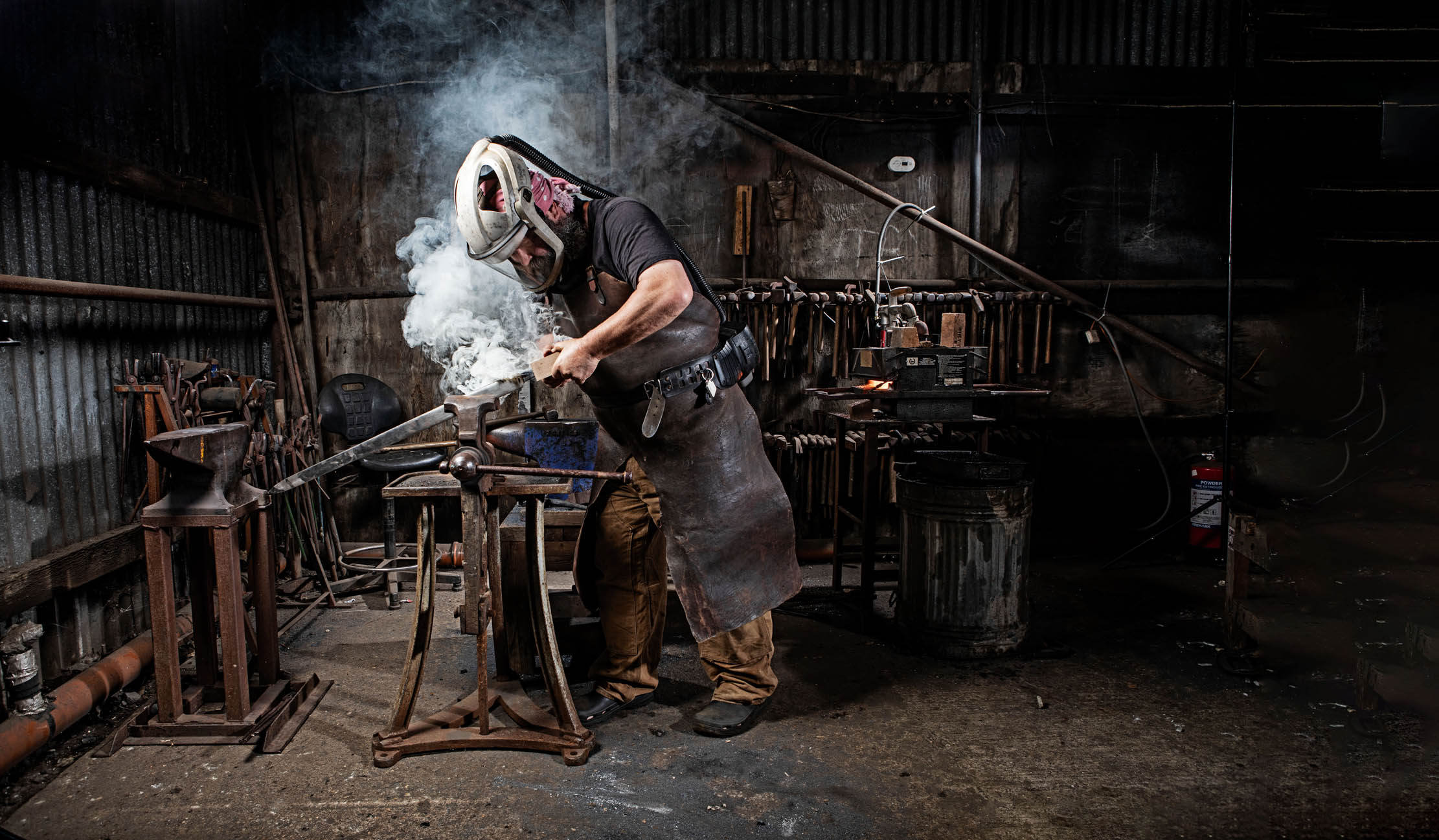
The blade glints in the sunshine, the light catching a swirling pattern embedded into the metal. This wood-grain effect is created when steel is sandwiched together and carefully twisted, an ancient hand-forged welding technique that bladesmith Owen Bush has perfected over decades. This kitchen knife — and its neighbour, a sword inspired by one discovered among the Anglo-Saxon treasures at Sutton Hoo — are based on blacksmith processes dating back to the seventh century.
They are items that would have been prized by the Vikings — and remain equally revered by collectors today. Working from his forge on a former farm in the London Borough of Bexley, Mr Bush makes decorative, bushcraft and practical knives, as well as weaponry. His pieces make regular appearances on screen, with recent projects including a battle axe for Robert the Bruce in Netflix’s Outlaw King and swords for the upcoming television adaptation of Bernard Cornwall’s Arthurian novel The Winter King.
‘Some of the knives go up to hundreds of layers,’ says Mr Bush, holding up clamped metal that will form the Damascus steel of a future blade. ‘This one,’ he indicates a piece with an intricate grain, ‘has 30 layers.’
Finished with walnut, horn and bone handles, they are beautiful objects. ‘In order for a sword to be sold as such it has to be intended for use,’ explains Mr Bush. ‘There are legitimate reasons for using a sword — there is a growing movement called HEMA [Historical European martial arts], which encourages safe swordsmanship. But most are displayed on a wall.’
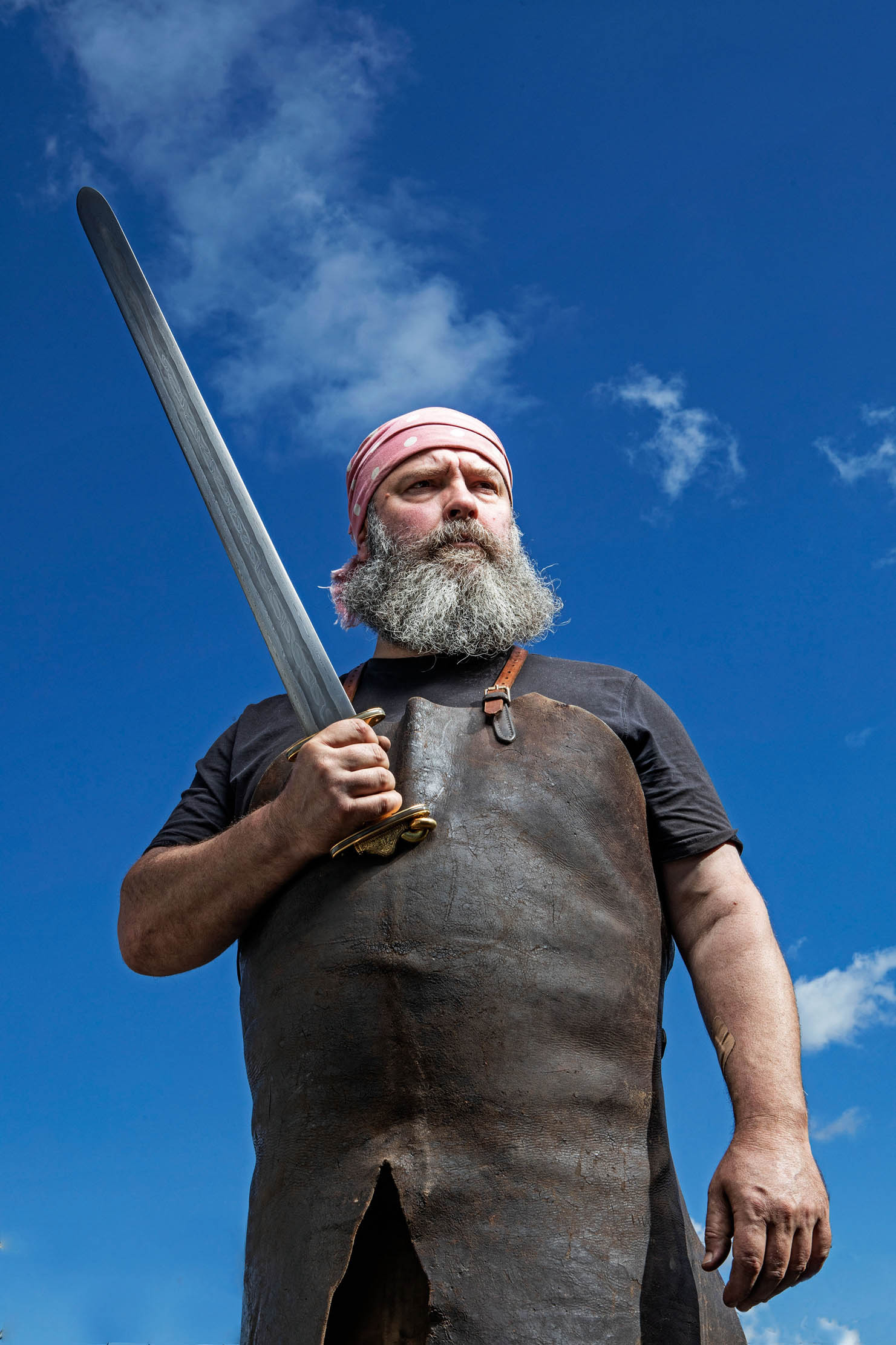
With a single-edged Viking-style sword costing about £4,000 and a pirate cutlass at £2,900, these are heritage pieces. Maintenance should be limited. ‘If someone is using a sword so much it needs sharpening regularly, I would be concerned,’ smiles Mr Bush. Collectors often want an object significant to their ancestry or that simply fulfils a fantasy.
As a fan of Tolkien and historical fiction, Mr Bush embraces the whimsical aspects of his profession. Sporting a thick beard, headscarf and leather apron, he himself cuts a convincing ‘Lord of the Rings’ character. When he raises a Norse sword to demonstrate the full extent of its beauty, the picture is complete. Unsurprisingly, Mr Bush is often on screen himself, contributing to various programmes such as Channel 5’s Beat The Ancestors and National Geographic’s Secrets of the Lost Gold: Welding a Saxon Sword.
Having spent a lot of time ‘drawing spears and spaceships’ as a child, Mr Bush started forging in his twenties, at the National School of Blacksmithing at the Centre for Rural Crafts in Holme Lacy, Herefordshire, and spending a summer with the American Bladesmiths Society in Texarkana College, Arkansas. Rambling outbuildings at his grandfather’s former farmhouse on the outskirts of London provided the perfect space to experiment with metalwork. (The site has creative history: Mr Bush is the nephew of singer Kate Bush, who wrote her 1986 hit Wuthering Heights at the same family home.)
Sign up for the Country Life Newsletter
Exquisite houses, the beauty of Nature, and how to get the most from your life, straight to your inbox.
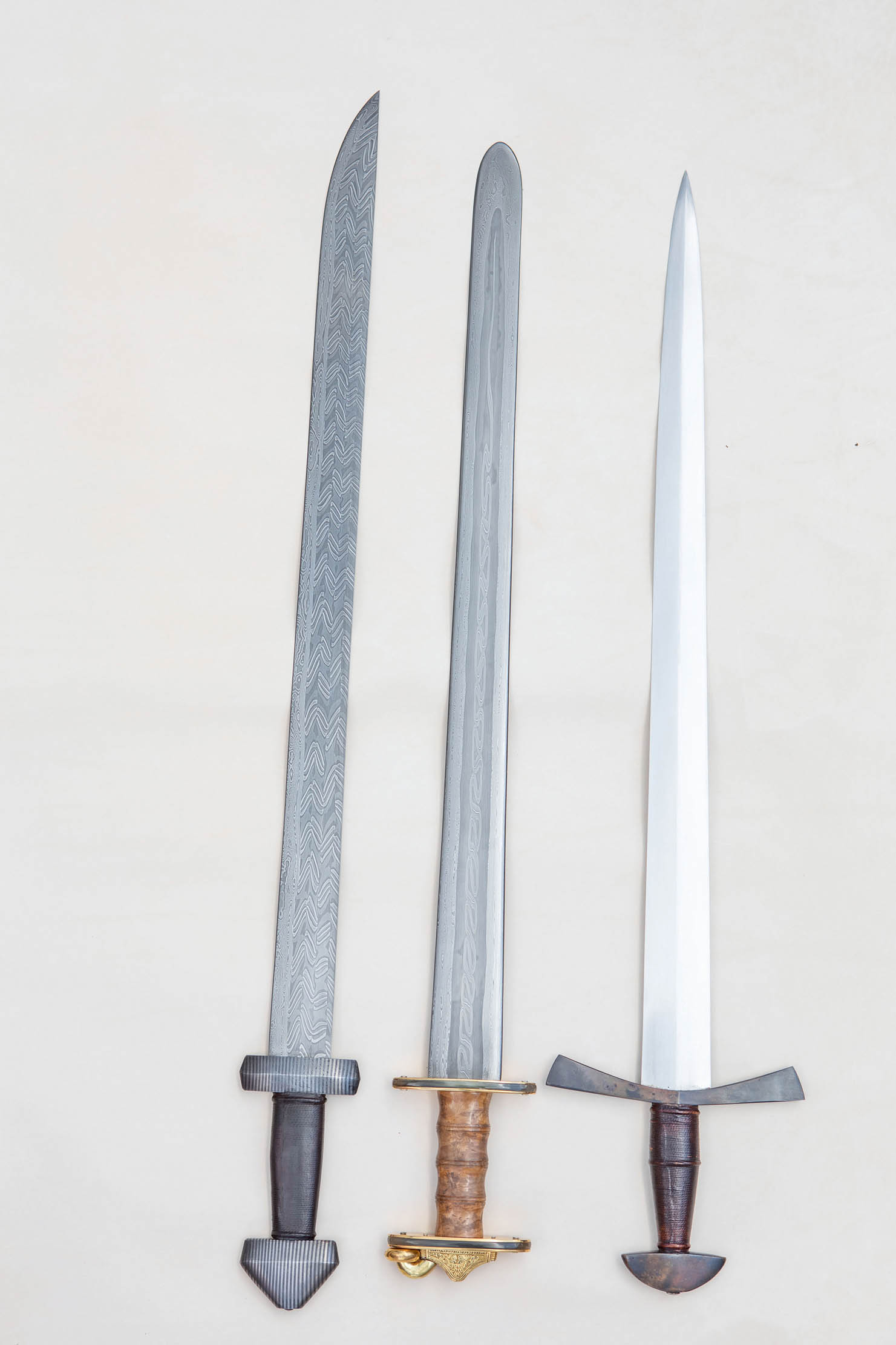
Past the hydraulic presses, furnaces and anvils hang well-stocked bird feeders. They are for the forge’s resident robins, several of which regularly nest in the blacksmith debris — and in an earplug box in the break room. The juxtaposition between the bird’s own work and that of Mr Bush’s is striking; another observation to add to a richly romanticised view of metal-working life.
In spite — or perhaps because of — the heat, dirt and smell, for many people there is something deeply attractive about blade-making. That’s why, in 2008, Mr Bush opened the Bushfire forge school, with anything from a one-day taster class (£225) to a five-day sword-making course (£1,380).
‘There as are many people wanting to try bladesmithing as there are that want an existing object,’ says Mr Bush. ‘The experience of making is a new currency for an old craft like this. There’s something appealing about getting metal hot and smacking it with a hammer. The dangerous aspects are obvious; it’s also noisy and there are a lot of things going on — for many people, this is the first time they’ve been in a workshop or even had a physical interaction with material.’
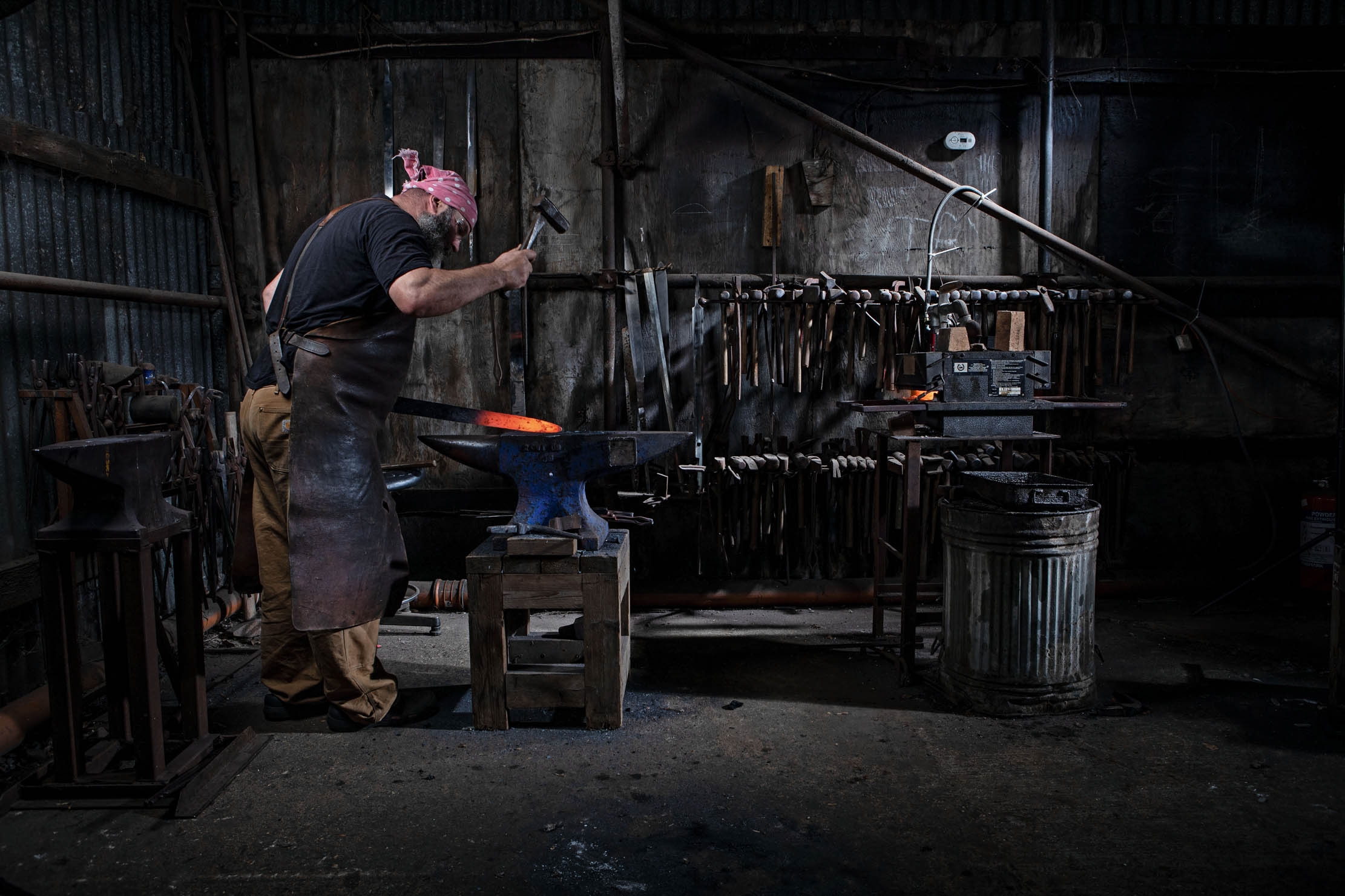
There’s an otherworldly element to handmade weapons. Mr Bush notes the ‘honour’ associated with swords, bourne out through legends such as The Sword in the Stone and more recent fantasy fiction, including Game of Thrones. ‘People feel powerful when they hold a sword,’ he says. Eager to try, I ask to hold one. He gestures to a Norwegian Viking single-edged sword. Gingerly, I raise it a few inches. It’s much heavier — and longer — than anticipated. I feel an enormous sense of responsibility, followed by an overwhelming desire to swoosh it around. I carefully put it down. The late Queen must have needed huge restraint in knighting ceremonies.
Mr Bush’s blade-making has recently taken another step towards authenticity — he has started to smelt his own steel. Working with the Wealden Iron project, Mr Bush dug — with permission — 800 kilos of iron ore. ‘Even with modern presses and furnaces, it took days to process,’ he says. ‘It really contextualises the value of historic objects.’ The material will be used for a specially commissioned sword. (For those interested in the early stages of blade-making, Mr Bush teaches a five-day course that covers smelting iron and steel, from which students make a knife.)
Returning the swords to secured drawers, Mr Bush checks all is ready for the next Damascus knife workshop. He rarely keeps his own blades — for him the joy is in the making. ‘The thrill comes when you combine good materials with hard work to make something better than the sum of those parts. My motto is forging soul into steel.’
Visit www.owenbush.co.uk. Woodman’s-knife video course with Owen Bush, £57, including kit, £147 (www.myown2hands.co)
-
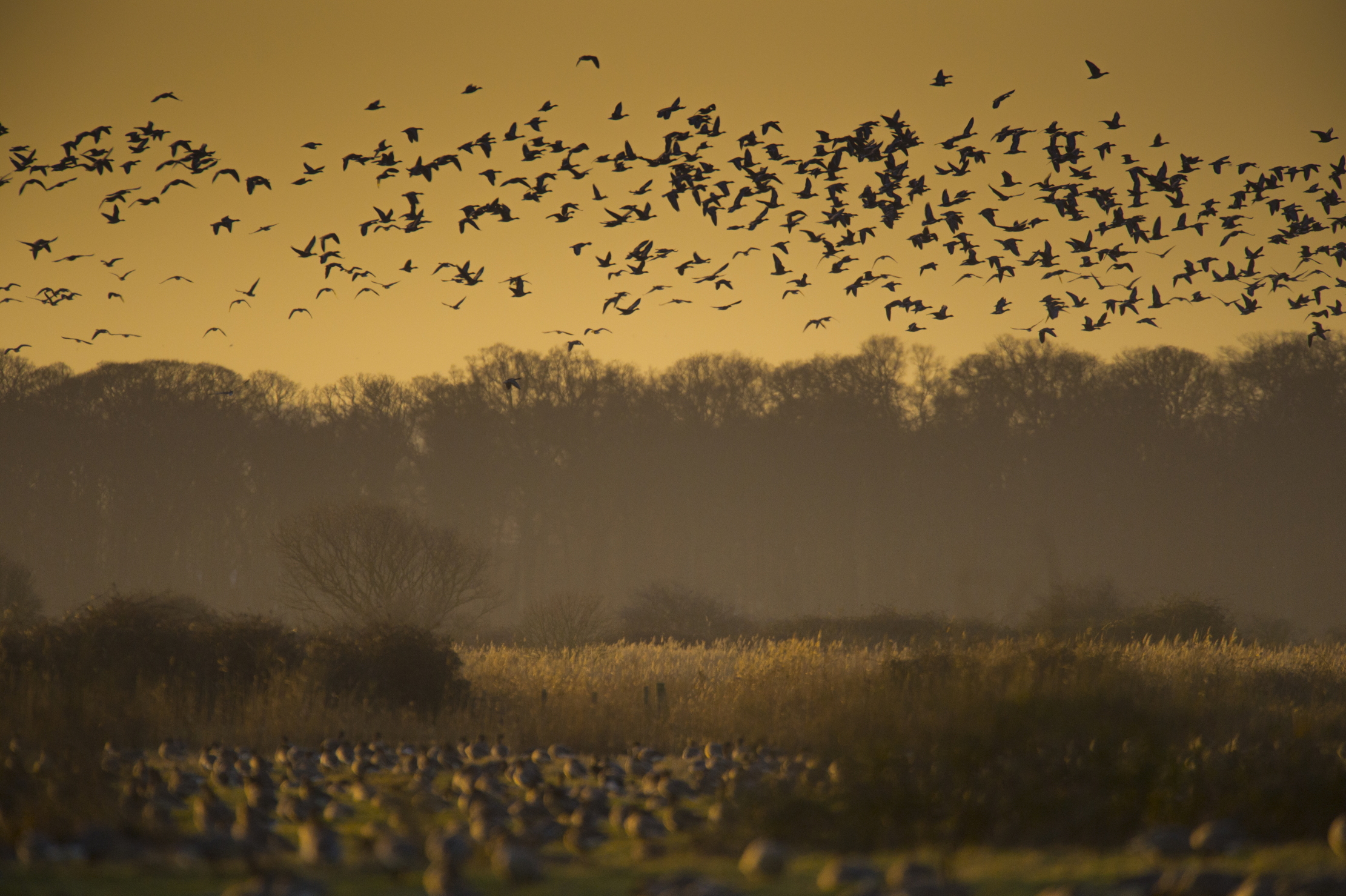 How an app can make you fall in love with nature, with Melissa Harrison
How an app can make you fall in love with nature, with Melissa HarrisonThe novelist, children's author and nature writer Melissa Harrison joins the podcast to talk about her love of the natural world and her new app, Encounter.
By James Fisher
-
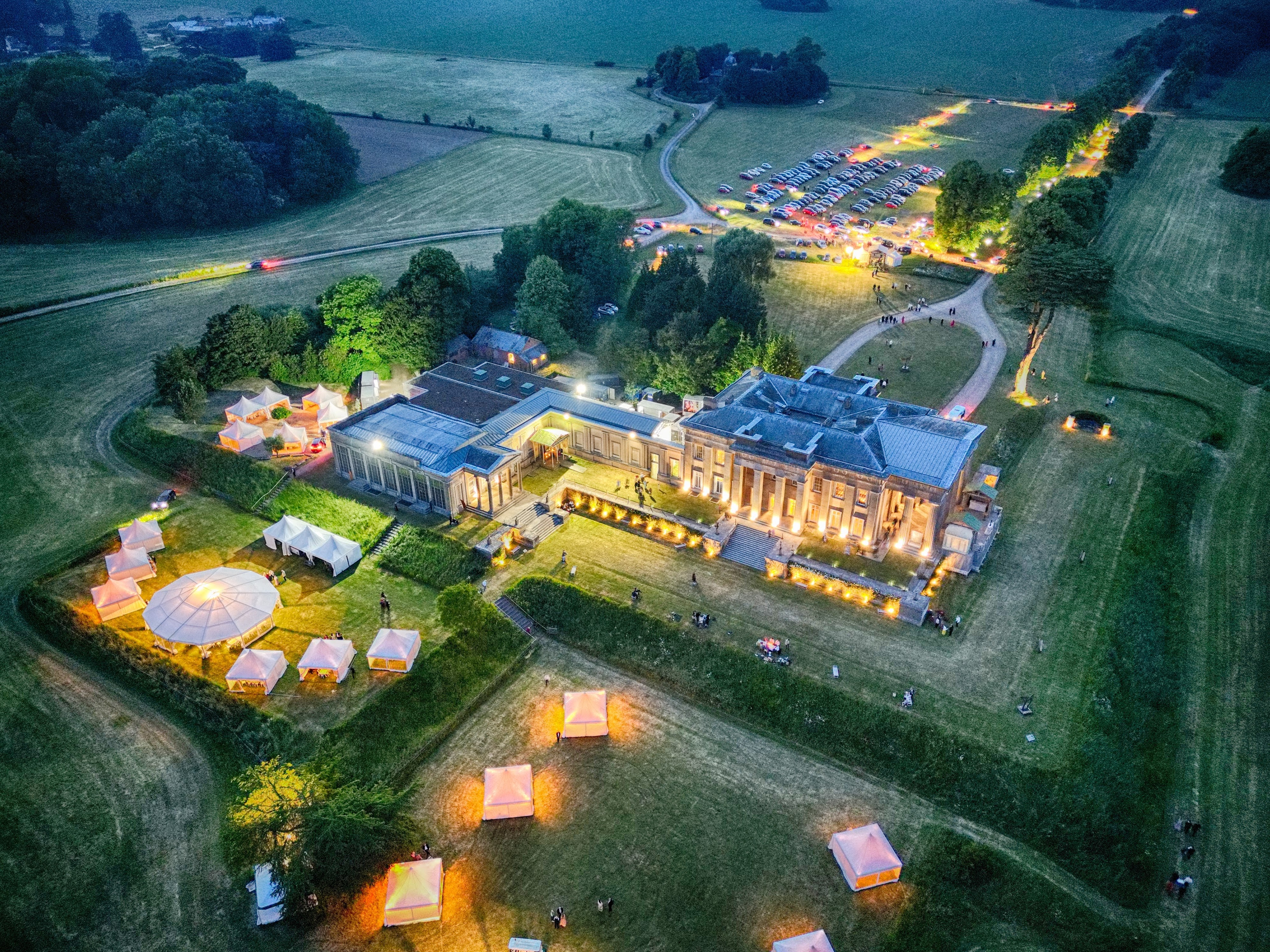 'There is nothing like it on this side of Arcadia': Hampshire's Grange Festival is making radical changes ahead of the 2025 country-house opera season
'There is nothing like it on this side of Arcadia': Hampshire's Grange Festival is making radical changes ahead of the 2025 country-house opera seasonBy Annunciata Elwes
-
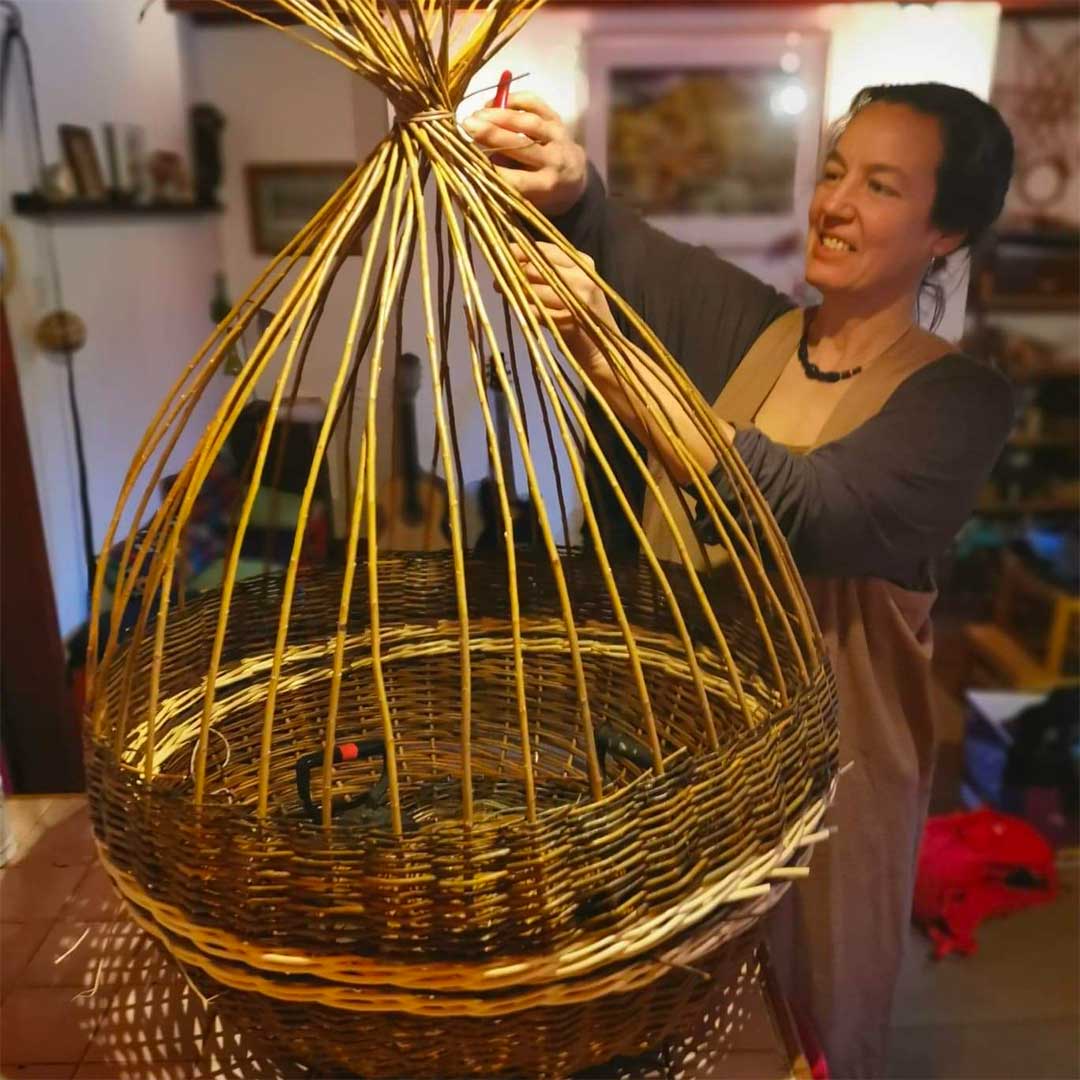 The secrets of the basket-maker: 'With a basket, you watch it grow before your very eyes'
The secrets of the basket-maker: 'With a basket, you watch it grow before your very eyes'Anna Stickland has woven a new career as a basket-maker; she spoke to Nick Hammond.
By Country Life
-
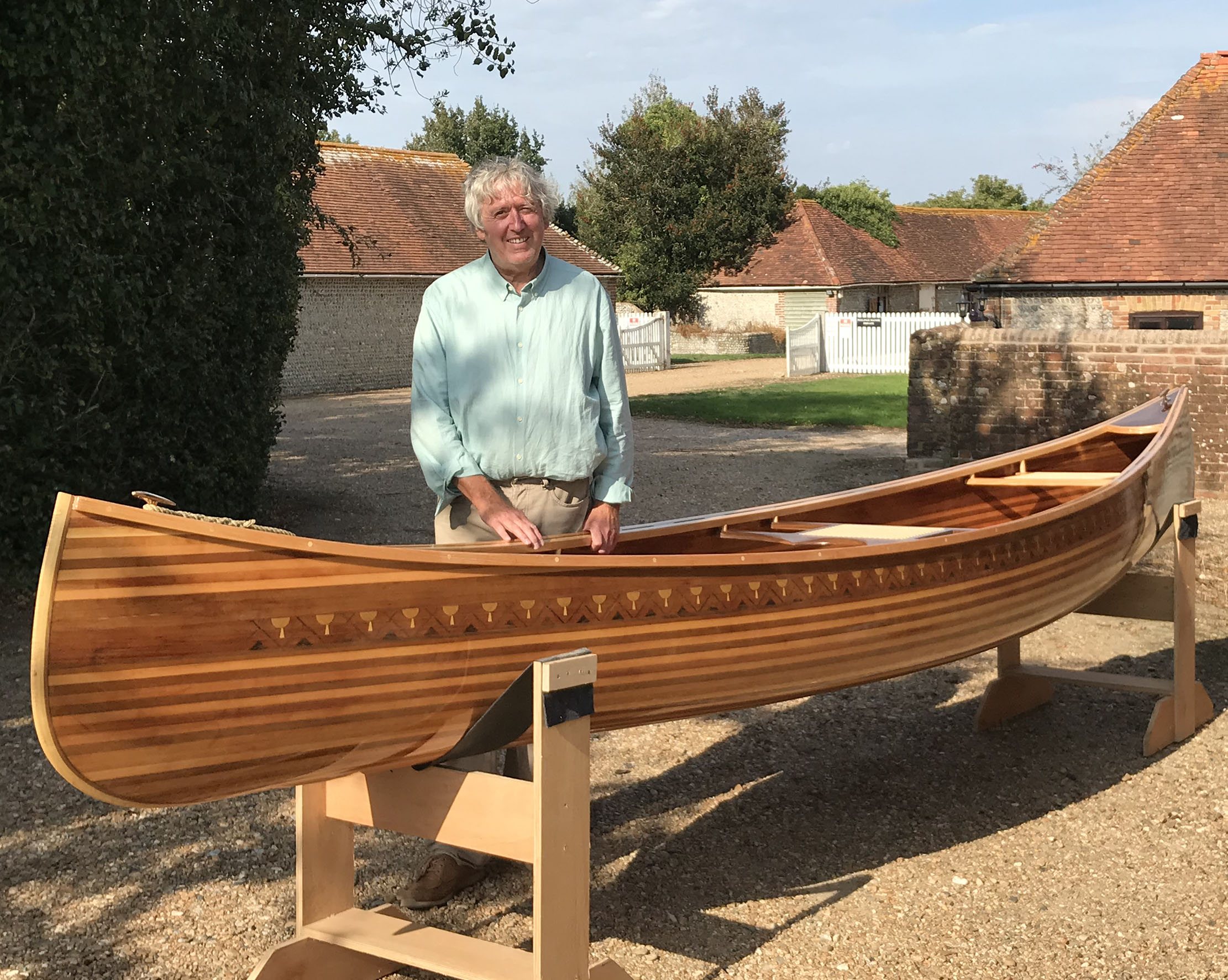 Where I Work: Huw Edwards-Jones, master craftsman and canoe maker
Where I Work: Huw Edwards-Jones, master craftsman and canoe makerThe ups and downs of 2020 didn't see Huw Edwards-Jones change where he worked, but it did change what he did: he's used the time to switch from creating beautiful hand-made furniture to spectacularly beautiful canoes. He spoke to Toby Keel.
By Toby Keel
-
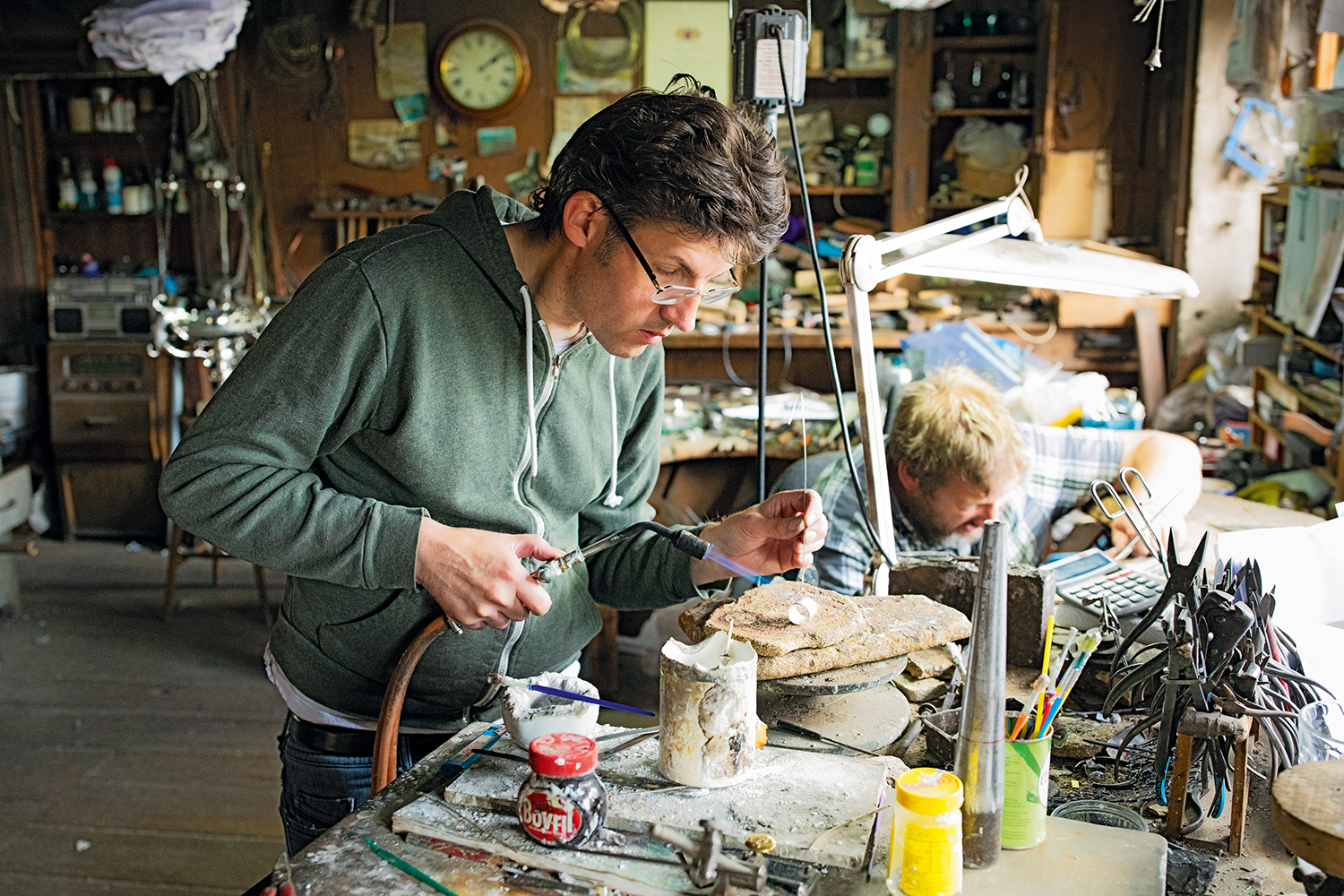 In Focus — The Cotswolds silversmith: 'We make beautiful works of art to last for hundreds of years'
In Focus — The Cotswolds silversmith: 'We make beautiful works of art to last for hundreds of years'Tucked away in an old Cotswolds silk mill, expert craftsmen harness a century of expertise to raise, planish and finish fine gold and silverware. Jeremy Flint visits Hart’s of Chipping Campden.
By Country Life
-
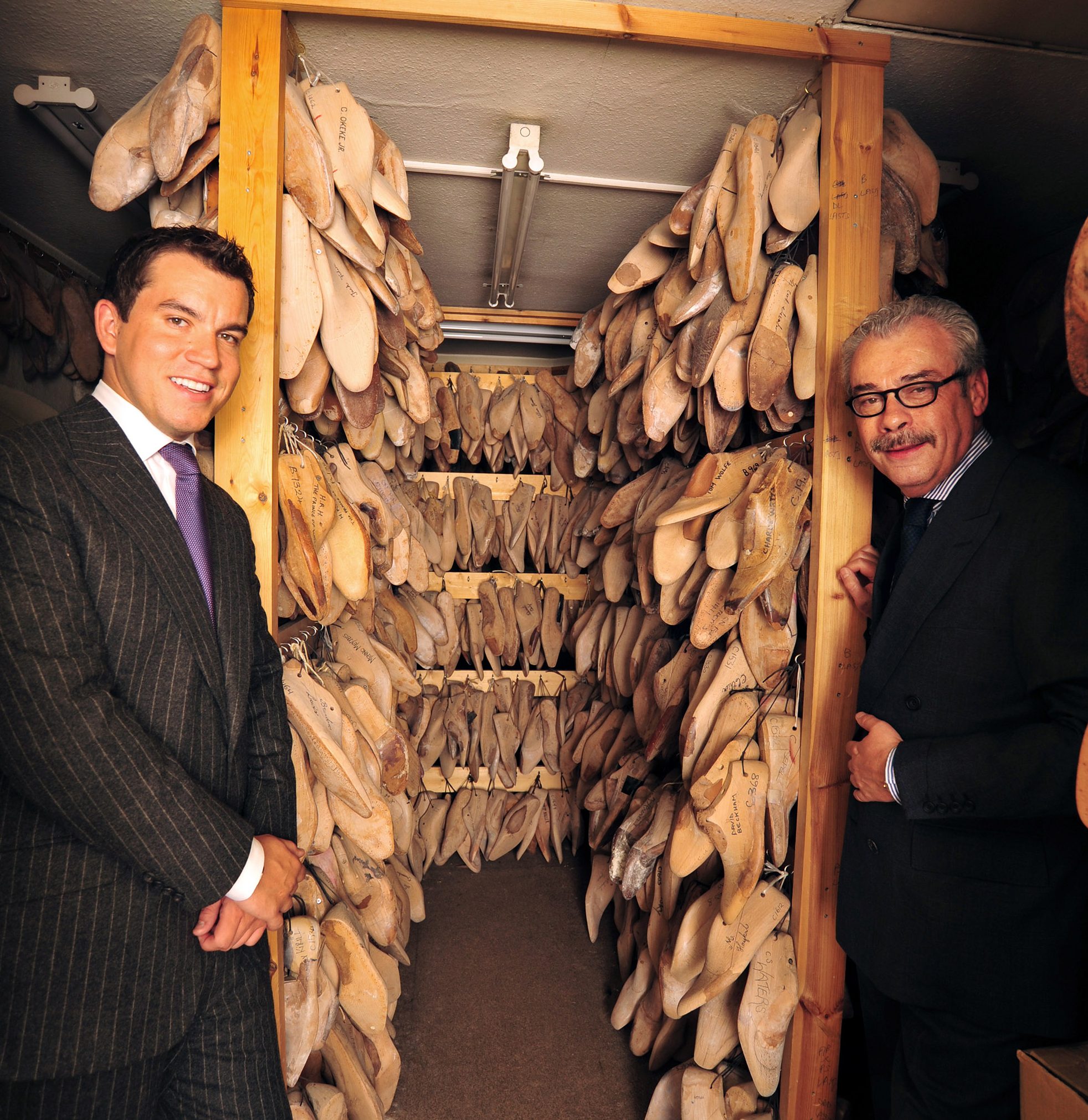 The master shoemakers who shod Churchill: 'Demand is through the roof, but it takes six to eight months to make a pair'
The master shoemakers who shod Churchill: 'Demand is through the roof, but it takes six to eight months to make a pair'The co-owners of bespoke shoe shop George Cleverley, father and son George Glasgow Snr and George Glasgow Jnr, talk to Hetty Lintell.
By Hetty Lintell
-
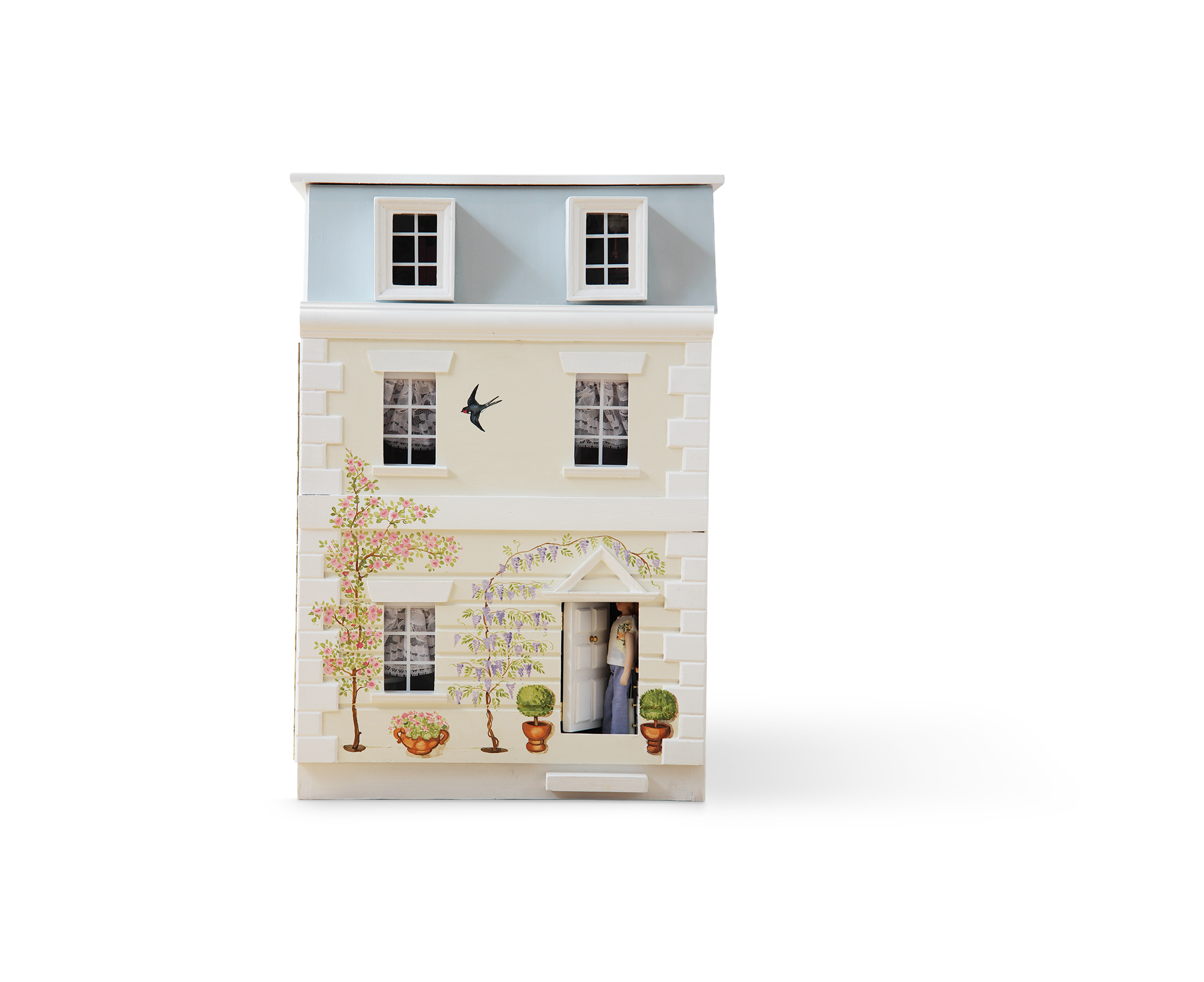 The dolls' house-maker: 'This is a place to capture the dreams of children and adults alike'
The dolls' house-maker: 'This is a place to capture the dreams of children and adults alike'Dragons of Walton Street have been making beautiful dolls' houses for four decades, and the company is still run by Lucinda Croft, the daughter of the founder. She spoke to Hetty Lintell.
By Hetty Lintell
-
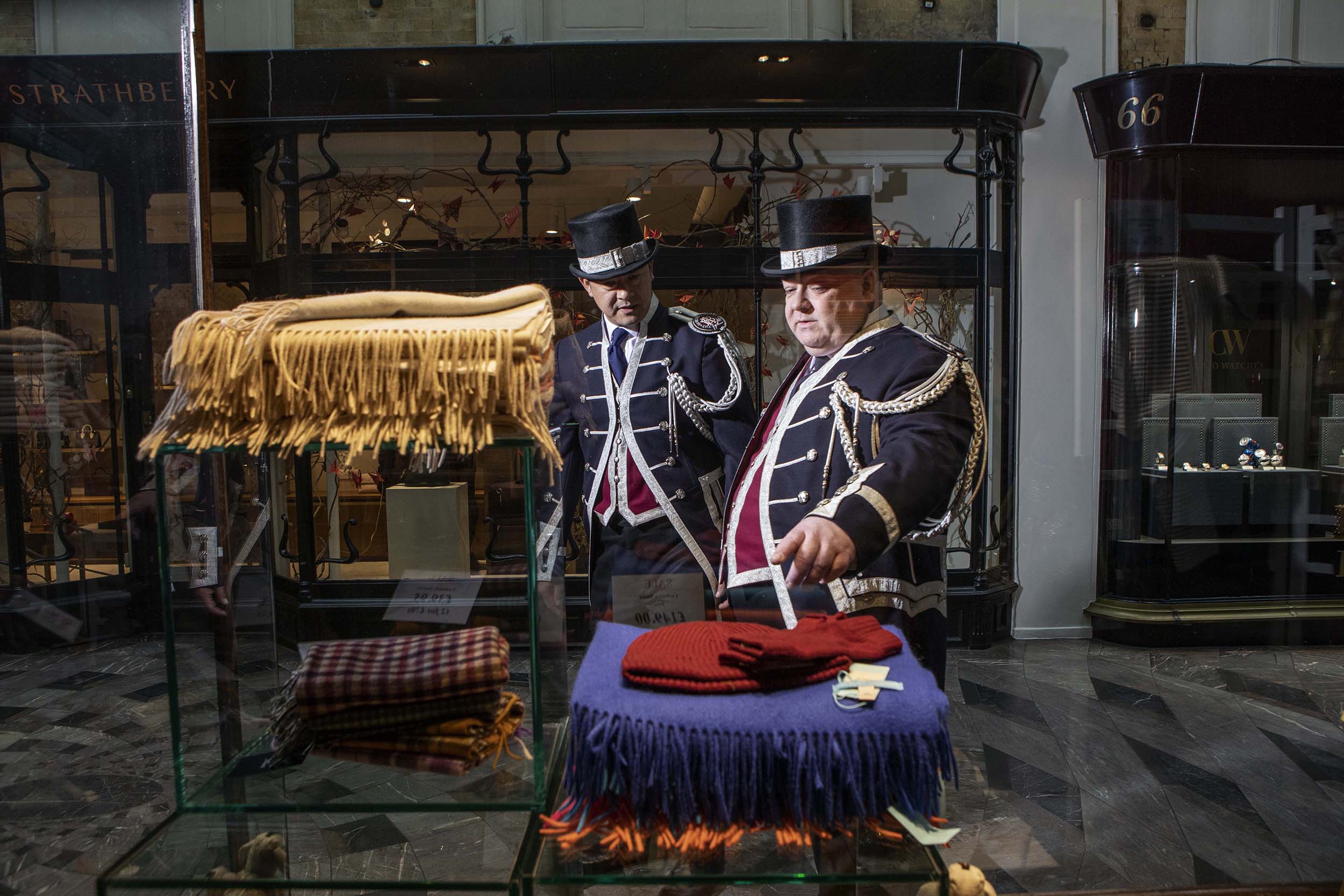 Meet the Beadles: The centuries-old private police force at Burlington Arcade, the world's swishest shopping mall
Meet the Beadles: The centuries-old private police force at Burlington Arcade, the world's swishest shopping mallThis week marked the 200th birthday of London’s Burlington Arcade. Adam Hay-Nicholls goes undercover with the Beadles, its private police force. With photographs by Richard Cannon.
By Country Life
-
 The bagpipe-maker: 'The older customers want me to make their pipes sharpish; they want to be sure they’re not dead before they get to play them!'
The bagpipe-maker: 'The older customers want me to make their pipes sharpish; they want to be sure they’re not dead before they get to play them!'Hours of intricate work are needed to craft a set of bagpipes. Kate Lovell spoke to bagpipe-maker Dave Shaw to find out how it's done.
By Country Life
-
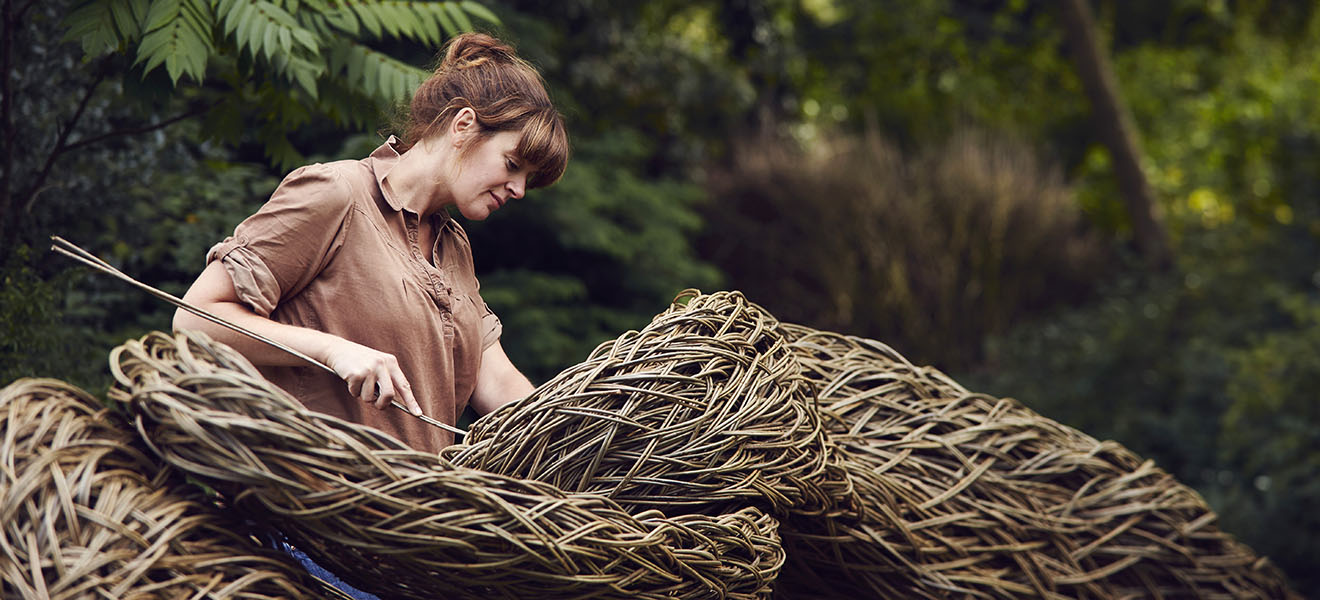 The willow weaver: 'I like to let the host structure feed the form'
The willow weaver: 'I like to let the host structure feed the form'With such romantic names as Dicky Meadows, Flanders Red and Noir de Verlaine, willow is one of Nature’s most versatile materials. Jane Wheatley meet Laura Ellen Bacon, who crafts works of art from twisted stems of Salix.
By Country Life